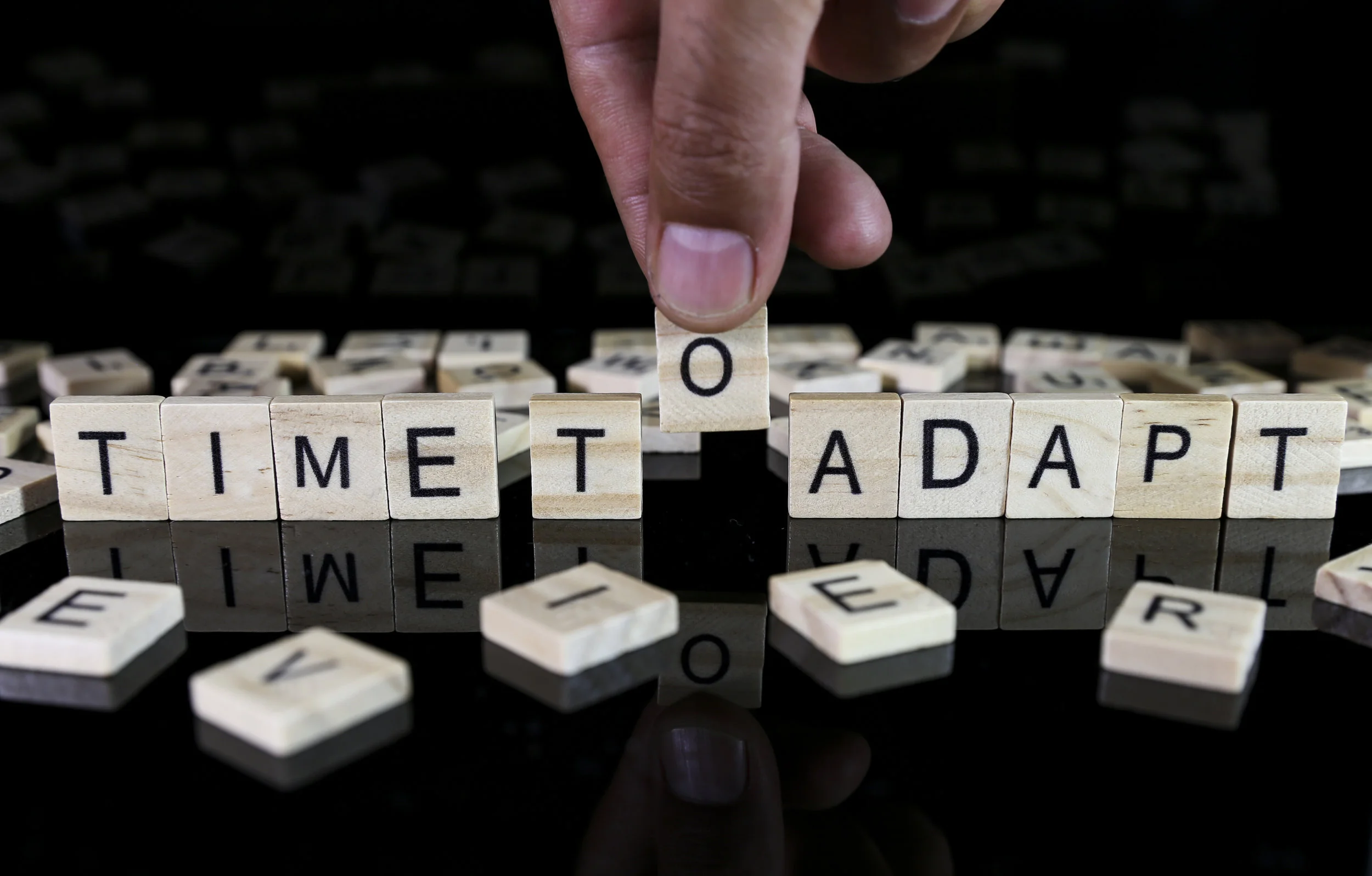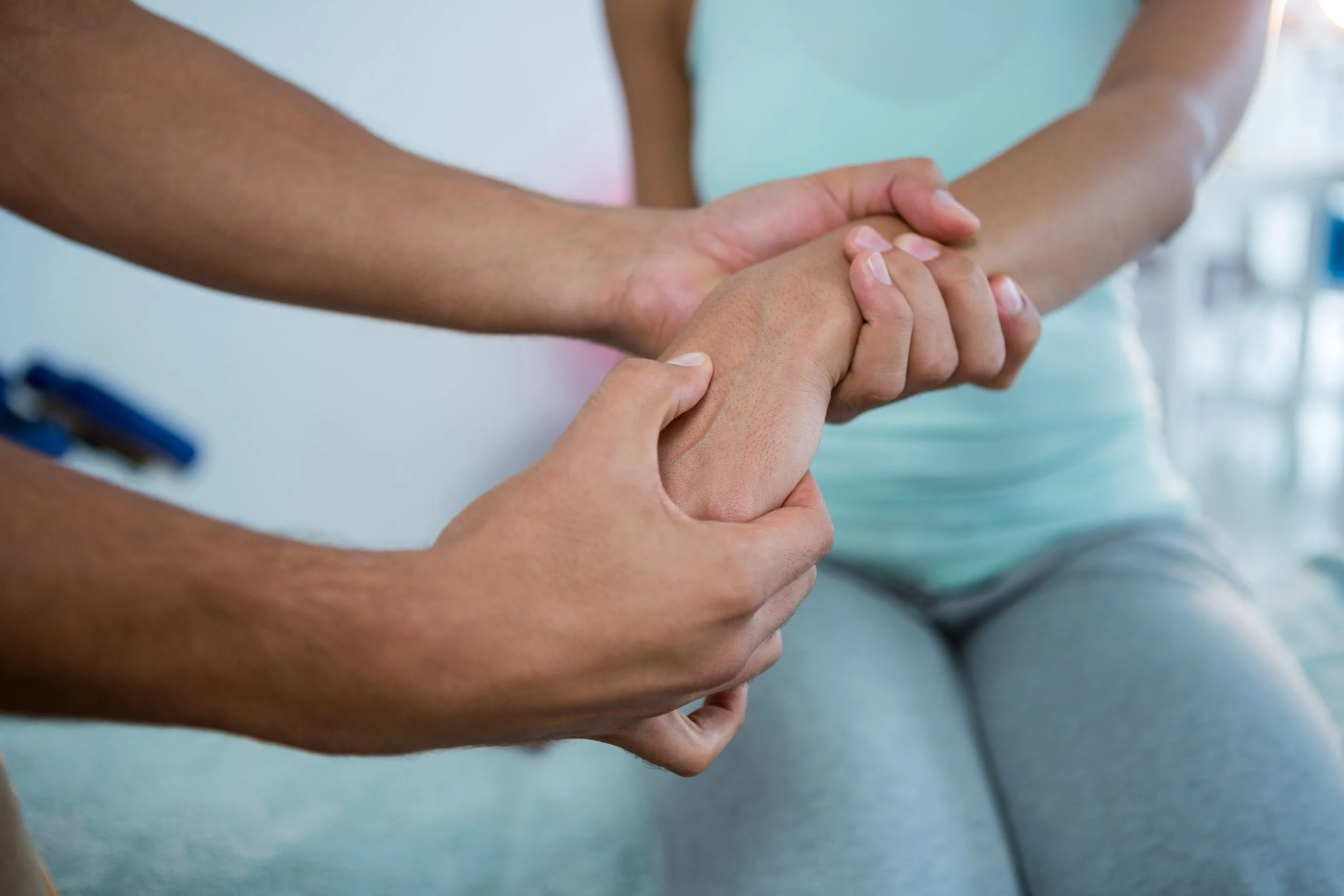Top 5 Massages for Cyclists
/Spending hours on a bicycle can cause much joy, satisfaction, and a sense of accomplishment. But it can also lead to muscle fatigue, tightness, and even pain. We pulled together a panel of experts to compile a list of the Top 5 Massages for Cyclists and a collection of FAQs to help you find the right massage to treat your cycling symptoms and help you meet your individual riding goals.
1 / Swedish Massage
Arthur Robinson from Kinetic Bodyworks (AR): Swedish Massage is a body work technique used to relax the entire body using long, gliding strokes pushing blood towards the heart.
Anne Marie Di Caro from Athlete’s Care Sports Medicine Clinic (AMD): Swedish Massage uses kneading techniques to increase blood flow and remove lactic acid build up in the tissues and is gentle enough for all levels of cycling ability
2 / Deep Tissue Massage
AR: Deep Tissue Massage is similar to Swedish massage, but the therapist will use slow deliberate strokes with deeper pressure to affect chronic muscle tension.
Jodie Mainwaring from UnravelSF (JM): Deep Tissue Massage is designed to release tension that can be hidden in the deeper layers of your connective tissue and muscles. Deep muscle techniques address adhesions, knots and reduced range of motion that occurs in the body. These techniques release toxins that are trapped in tissues and allows for new blood to flow to overworked, tight tissues and muscles. This type of massage is a great tool to use as a stress reliever and as a key component to a cyclists recovery program.
Does Deep Tissue Massage Hurt?
Drew Freedman at Boston Bodyworker (DF): Many clients base the success of the treatment upon the amount of pain that they feel. If it doesn’t hurt, the therapist wasn’t going ‘deep’ enough. However, we all experience pain in different ways. Depth of pressure does not directly correlate with levels of pain.
The key to a successful Deep Tissue massage is finding a therapist that understands the concept of “matching tissue tension” and knowing how to respond to a muscle when it reacts to an external stimulus. If done properly, a true Deep Tissue massage should “hurt so good,” and for the most part be a pleasant experience.
3 / Sports Massage
JM: Using Deep Tissue techniques, Sports Massage is used to target a certain area of the body and to focus on their specific problem such as mobility issues, chronic pain, or injury. Sports Massage is great for any serious cyclist looking to prevent injuries from intense training routine and competitions.
AR: Sports Massage helps keep the body at optimal function, focusing on the overused and stressed parts of the body. This type of bodywork targets the muscles and joints commonly emphasized during repetitive actions, like pedaling a bike.
Candace Combs from In-Symmetry (CC): Sports massage is the best for cyclists. We provide a hot rock sports massage which means hot stones are incorporated into the massage to allow the therapist to go deeper into the muscle. It is very important for the Iliotibial Bands (IT Bands) to be released on a cyclist during a Sports Massage.
4 / Trigger Point Therapy
AR: Trigger Point Therapy is a bodywork technique that involves applying pressure to the muscles in order to relieve pain and dysfunction in other parts of the body. Many times deep tissue massage and trigger point therapy are performed together.
AMD: “Trigger points” are best described as an area of hypersensitivity in a muscle that gives a referral of pain. The area is treated with deep compression until the referral pattern lessens or dissipates completely. This is a more painful type of treatment, but all levels can be accompanied by pain if an issue is present.
5 / Myofascial Release
JM: The fascia is a web of connective tissue that provides support and structure for your body. Myofascial work addresses both the connective tissues and muscles to enhance ease of movement, relieve pain, improve strength, and increase flexibility. This technique, combined with Deep Tissue Massage, releases adhesions and tension and promotes faster recovery for cyclists.
AMD: Myofascial Release Massage releases the fascia using specific techniques similar to kneading. Because less lotion is used, it can sometimes be more painful. This technique is commonly used on the Iliotibial Bands (IT Bands), quads, hamstrings, and lower back in cyclist, as these are the muscles that tend to be tight from riding.
FAQs for Cycling Massages
What massage is best for me?
DF: The answer I give is always the same: “It depends.” Massage has been around for thousands of years, and only in the last 100 or so have people started to classify massage into technique categories. In order to achieve the desired response to a massage, your therapist must be paying close attention to how you are responding to their touch.
Are different massages recommended for different levels of cyclist?
AR: At Kinetic Bodyworks, we take into consideration that your body is unique, and each of your visits may present different issues requiring a combination of massage techniques. It really depends on what issues the athlete comes in with. A recreational cyclist may need something relaxing (Swedish Massage), where a pro cyclist may want something specific to target problem areas (Sports Massage, Deep Tissue, Myofascial Release or Connective Tissue Release).
JM: Each cyclist has different goals. Experienced cyclists/athletes can include soft tissue massage work in their workout programs to reduce the risk of having overworked, fatigued muscles that leave them vulnerable to injury. Or, if you are looking to enhance your level of performance and get better and faster, then focusing on techniques to improve your level of fitness is key to achieving the next level and goals on your list.
Is there just one type of massage that will work for me?
DF: Buzz words like “Sports Massage,” “Trigger Point,” and “Myofascial Massage” come into play when clients are uncertain about the type of massage they need but know they don’t want a basic relaxation or ‘Swedish’ massage. A good therapist is well-versed in multiple approaches of massage therapy. Throughout the course of a clinical massage, your therapist will implement many different ‘techniques’ in order to achieve the outcome that elicits the proper responses from the connective tissues.
How Often Should I Seek Massage Therapy?
Our experts recommend a range of frequencies for different levels of cyclists, but generally, once or twice per month is recommended for beginners or occasional cyclists, while the experts recommend a massage once per week or every other week for advanced or active cyclists.
JM: If you are a beginner, working with a highly trained expert massage therapist will help set you on a routine that will support your needs specifically. This may require more sessions, at the beginning to get your body on track and then reducing to a maintenance program once your body has adapted and is working efficiently.
When Should I Seek Massage Therapy?
DF: Many of our riders come in frequently in the months leading up to a big ride for ‘tune-ups.’ Just like they take care of their bikes, they do so with their bodies BEFORE they break down. A typical tune-up will consist of work on the legs and hips in conjunction with some range of motion work to open up those shortened hip flexors. We also work on the upper body to provide relief to riders who complain of tightness and pain in their mid-back due to their forward lean on the bike. Working with our riders both before and after these rides helps them to better understand their bodies and allows them to acclimate accordingly during the long rides so that they may continue without injury.
Leave it to the Experts
DF: No one goes to their cardiologist and asks for an angioplasty or a cardiomyoplasty. There is more than one way to treat a muscle, and there are qualified experts who can determine this. It should never be up to the client to determine what the best ‘technique’ should be. Find a massage clinic and spend some time with your therapist telling them about your pain, and they can recommend the right treatment for you. Speak with your therapist about your individual goals, and don’t ever hesitate to ask questions during a treatment. It is the objective of the therapist to help you achieve everything you are seeking from a great massage.
This article originally appeared on duvine.com











![Self-regulation “control [of oneself] by oneself"](https://images.squarespace-cdn.com/content/v1/55563e14e4b01769086817cb/1542845645966-PO2HGKF5JLUBM45UIWQ3/wee-lee-790761-unsplash.jpg)



















